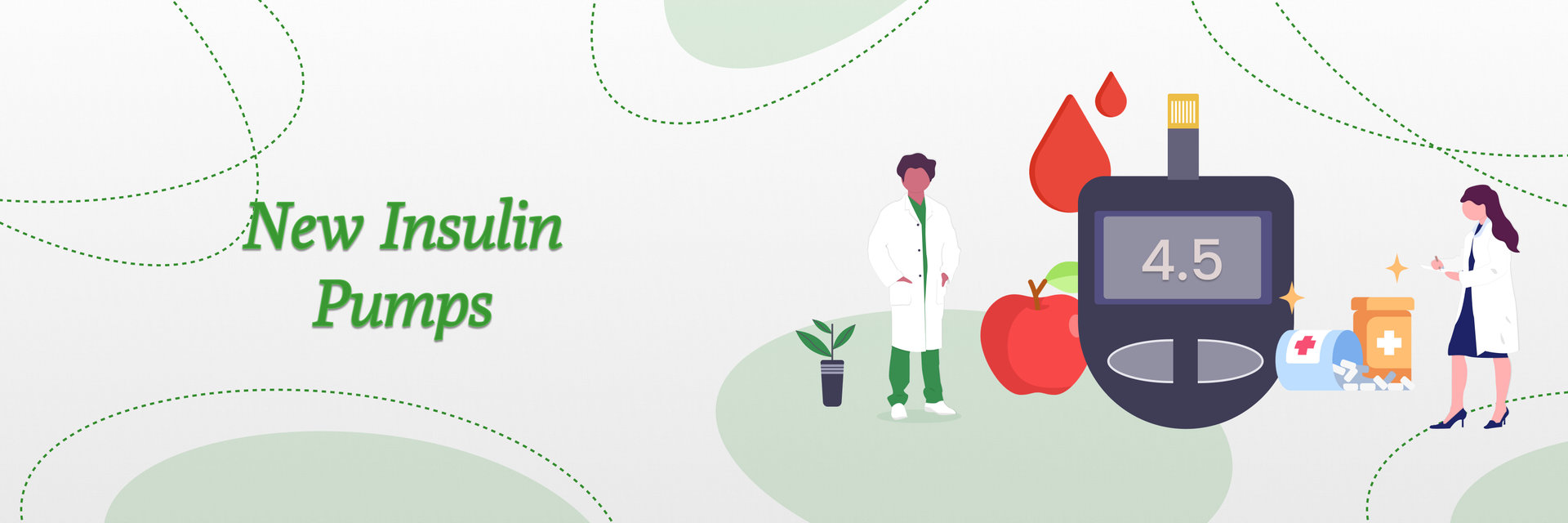Overview
Diaphragm pumps play a key role in many industries, but they’re especially useful in pharmaceutical and biotech settings. These pumps are known for their clean operation, reliable flow, and ability to handle sensitive or abrasive fluids. As production methods continue to improve, so do the ways these pumps are being used.
Applications of diaphragm pumps help ensure safe, accurate, and efficient processes. In this article, we’ll explore how these pumps work, where they’re most useful, and the latest updates making them even better for today’s needs.
How Diaphragm Pumps Work
So, how does a diaphragm pump work? Here’s a closer look at it and why they’re a good fit for sensitive environments.
Basic Operation
Diaphragm pumps move a variety of fluids using a flexible membrane that expands and contracts. This motion pulls liquid in through one side and pushes it out the other. The design makes them leak-free and airtight, which is important when handling sensitive or sterile materials. These pumps can run on air or electricity and work well with a wide range of fluid types.
Benefits for Clean Environments
In pharmaceutical and biotech work, keeping things clean and safe is a top priority. Diaphragm pumps don’t have moving parts touching the fluid, so there’s less risk of contamination. They’re also easy to clean and can handle frequent sterilization. Their steady flow helps avoid bubbles or sudden pressure changes, which could affect product quality.
Key Diaphragm Pump Applications in Pharma
In pharmaceutical settings, diaphragm pumps are used in several important steps where precision and cleanliness matter most.
Transferring Sensitive Fluids
Pharmaceutical production often involve delicate or high-purity liquids that can’t be exposed to air or metal surfaces. Diaphragm pumps are great for these jobs because they keep fluids sealed inside and prevent contact with hazardous materials. This protects the product from contamination and helps maintain quality throughout the production process.
Metering and Dosing
In drug manufacturing, for Asthma, for instance, getting the right amount of each ingredient is critical. Diaphragm pumps allow for very accurate flow control, making them ideal for metering and dosing tasks. Whether it’s delivering small amounts of an active ingredient or mixing corrosive chemicals in exact ratios, these pumps help ensure consistency from batch to batch. They also support automated systems, helping reduce human error and saving time.
Diaphragm Pumps in Biotech Operations
In biotech work, where gentle handling and process control are vital, diaphragm pumps support several key tasks, too.
Cell Culture and Media Transfer
In biotech labs, handling living cells, such as stem cells, requires extra care. Diaphragm pumps move fluids in a gentle, steady way, which helps protect fragile cells from damage. Unlike pumps that use fast-spinning parts, diaphragm pumps reduce the risk of breaking cells apart. This makes them a smart choice for moving growth media and cell cultures during research or production.
Filtration and Separation
Biotech processes often rely on filtering out unwanted materials or separating key ingredients. Diaphragm pumps provide the steady pressure needed for tasks like ultrafiltration, where too much force could ruin the product. Their reliable flow helps keep these systems running smoothly and improves the overall process.
New Developments in Diaphragm Pump Use
Diaphragm pumps are evolving with new features that improve speed, safety, and control.
Single-Use Technologies
One major change in pharma and biotech is the shift to single-use systems. Diaphragm pumps now come with disposable heads and tubing, which means less cleaning and quicker changeovers between batches. This is especially useful in cleanroom settings, where time and safety are top concerns. It also reduces the risk of cross-contamination between different products.
Smart Pump Integration
Modern diaphragm pumps can now connect to digital systems. With smart controls, operators can track flow rates, pressure, and run times in real time. This helps with quality control and supports compliance with strict industry rules. Built-in sensors and alarms can also catch problems early, lowering the risk of product loss or downtime.
These updates make diaphragm pumps even more useful and dependable.
These smart and single-use features are becoming essential in pharmaceutical, biotech, and healthcare workflows, where hygiene, speed, and regulatory compliance matter most.
Choosing the Right Diaphragm Pump
Not all diaphragm pumps are the same, so it's important to choose the right one.
Key Factors to Consider
Picking the right diaphragm pump depends on the job it needs to do. First, check if the pump materials match the chemicals or fluids being handled. Some fluids may react with certain plastics or metals. Next, consider flow rate and pressure needs. Note that too little power may slow things down, while too much can damage the product. Cleanability also matters, especially if the pump needs frequent sterilizing.
Matching Pump Features to Specific Uses
For the types of pumps, air-operated diaphragm pumps work well for simple, flexible setups. Electric models are a popular choice and offer better control for steady dosing or automated systems. If you're working with live cells or thick liquids, pumps designed to handle them gently are a reliable choice. Matching the pump to the task helps keep processes safe, smooth, and cost-effective.
Looking Ahead in Pump Innovation
Diaphragm pumps have proven to be a smart choice for both pharmaceutical and biotech processes. Their clean handling, gentle flow, and flexible design make them useful in a wide range of applications.
With newer options like single-use parts and smart controls, different pump types continue to improve how products are made and handled. As the industry grows, choosing the right pump setup can make a real difference in quality, safety, and efficiency.







